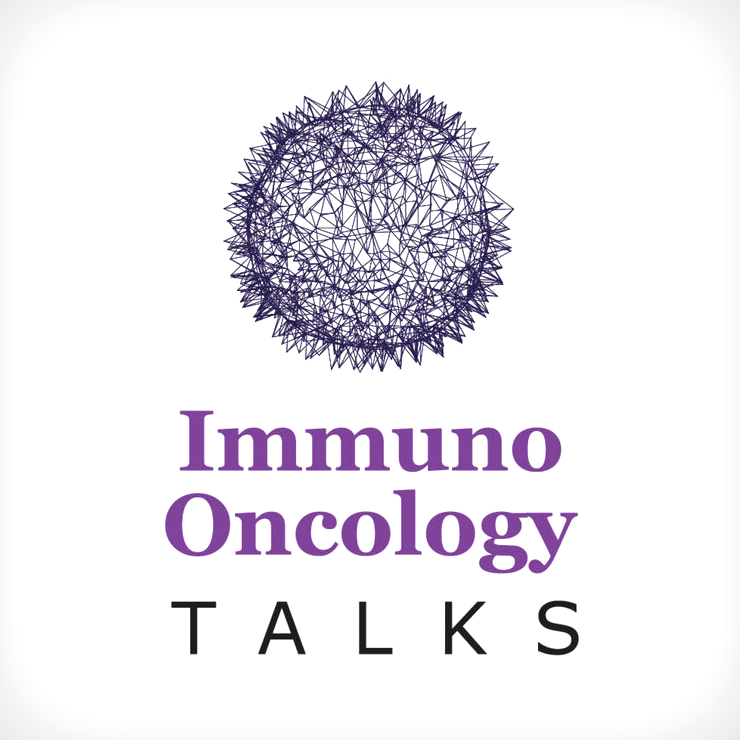
Risk stratification in patients with monoclonal Gammopathies
Thorsteinsdóttir, S., Gíslason, G., Aspelund, T. et al. Prevalence of smoldering multiple myeloma based on nationwide screening. Nature Medicine. 2023; 29: 467–472.
Multiple Myeloma (MM) typically originates from underlying precursor conditions, known as Monoclonal Gammopathy of Undetermined Significance (MGUS) and Smoldering Multiple Myeloma (SMM). SMM is distinguished from MGUS by a much higher risk of progression to multiple myeloma, with an average risk of progression of 10% annually for the first 5 years after diagnosis. The prevalence of SMM in the general population is not precisely known, as this requires screening the population with blood samples and bone marrow biopsies. Moreover, the distribution of the different risk groups in the population and the clinical utility of the risk scores in stratifying the SMM population are unknown.
An interesting publication presents results of a prospective nationwide screening study in Iceland investigating the potential benefits and harms of screening for precursors of multiple myeloma. This so-called iStopMM study (Iceland Screens, Treats, or Prevents Multiple Myeloma) aimed to map the epidemiological and clinical features of SMM in the population-based screened cohort and describe the true prevalence of SMM. This study is of public health relevance because the optimal timing of when to start therapy in multiple myeloma is being debated worldwide.
Read the abstract (link to: https://www.nature.com/articles/s41591-022-02183-6)
Thorsteinsdóttir, S., Gíslason, G., Aspelund, T. et al. Prevalence of smoldering multiple myeloma based on nationwide screening. Nature Medicine. 2023; 29: 467–472.
The autors recently presented a consultance guide on how to approach the clinical management of patients with SMM.
Read abstract (link: https://doi.org/10.1182/hematology.2022000355)
Thorstinsdotter & Kristinsson.The consultant’s guide to smoldering multiple myeloma Hematology Am Soc Hematol Educ Program: 2022 (1): 551–559. https://doi.org/10.1182/hematology.2022000355
Importantly, improved and biology-oriented strategies are still needed to accurately define the individual patient’s risk of progression. While current prognostic stratifications are validated to predict a long-term risk (5–20 years) of MGUS/SMM-to-MM evolution, they appear less useful to predict a shorter time-to-progression. An other interesting publication reports on a clinico-immunological prospective study of screening, characterization, and monitoring of several MM-specific T-cell responses against different tumor-associated antigens. An immunoassay was developed based on 10 different MM-associated antigens which allowed to significantly distinguish between stable versus progressive disease, independently from the Mayo Clinic risk category. The first results indicate that a wide (multi-antigen), standardized, MM-specific T-cell assay may routinely be applied, as a promising prognostic tool, during the follow-up of MGUS/SMM patients.
Read abstract (Link: https://pubmed.ncbi.nlm.nih.gov/36765928/)
Lagreca L., Nasillo V., Barozzi P. et al. Prognostic Relevance of Multi-Antigenic Myeloma-Specific T-Cell Assay in Patients with Monoclonal Gammopathies. Cancers (Basel). 2023 Feb 3;15(3):972. doi: 10.3390/cancers15030972.
MAT-BE-2301042 (ver. 1.) Oct. 2023

